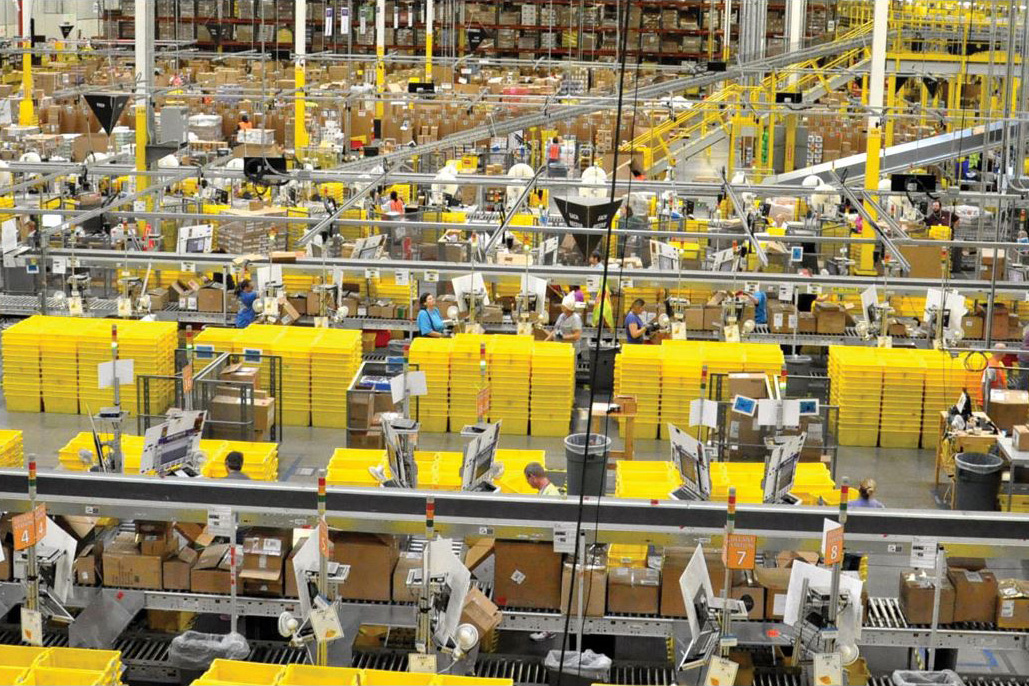If you order something on Amazon, how long will it take to arrive? While the answer to that question used to be relatively clear-cut, in the age of the coronavirus pandemic, it now depends on a handful of different factors.
On March 17, the company announced its U.S. and U.K. warehouses were no longer receiving “nonessential products,” As the coronavirus, officially known as COVID-19, continues, Amazon said it wants to prioritize products in its grocery, baby, personal care, industrial, scientific, and pet categories. Now, customers are seeing the effects, with some package arrival dates marked for late April.
Why is this happening?
“To serve our customers in need while also helping to ensure the safety of our associates, we’ve changed our logistics, transportation, supply chain, purchasing, and third-party seller processes to prioritize stocking and delivering items that are a higher priority for our customers,” an Amazon spokesperson told Recode in a statement. “This has resulted in some of our delivery promises being longer than usual.”

When will you get your package?
The short answer is “it depends.” Certain zip codes seem to be experiencing longer wait times. The arrival day for a baking sheet for Seattle is Friday. Sending the same baking sheet to Chicago changes the date to April 21. “Extended delivery time: This item currently takes longer to ship,” reads a message beneath the date. This is even with an Amazon Prime account, which typically promises delivery in one or two days.
Which products are and are not considered essential seems to be a bit of a mystery as well. “Amazon is letting me sell aquarium filters but not vacuum bags and air filters,” seller Chad Rubin told Bloomberg.
There are still many items that are currently unavailable through Amazon. Try to order a six-pack of Charmin toilet paper, and you’ll see it’s currently unavailable. “We are seeing increased online shopping and, as a result, some products such as household staples and medical supplies are out of stock,” an Amazon spokesperson told Digital Trends last week. “With this in mind, we are temporarily prioritizing household staples, medical supplies, and other high-demand products coming into our fulfillment centers so we can more quickly receive, restock, and ship these products to customers.”
The warehouse changes are expected to remain in place until at least April 5, but as the cases of COVID-19 continue to rise in the U.S., it seems possible that longer shipping times could become the new normal.


